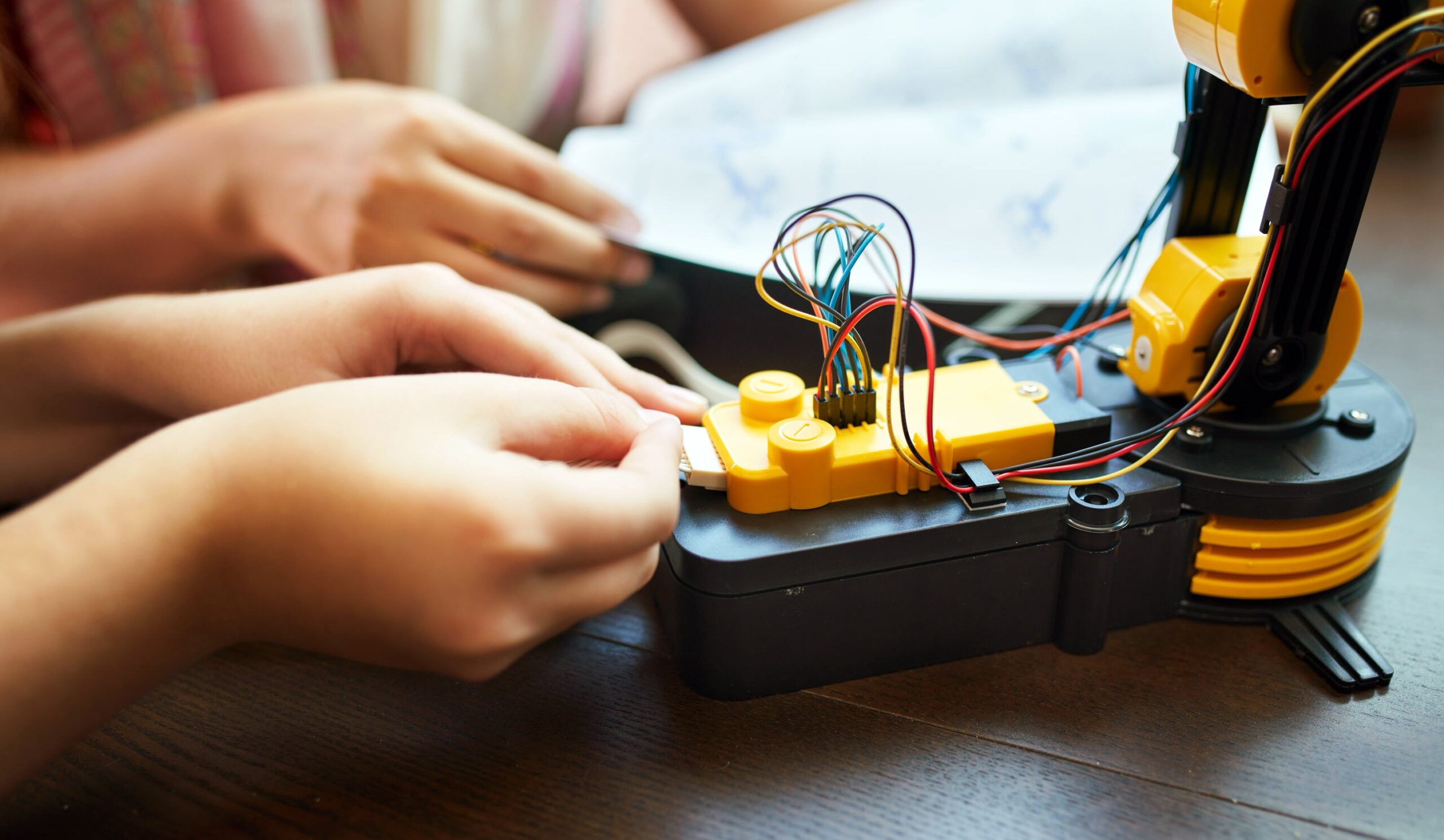
For many years, educators have used the SAMR model as a way to conceptualize technology integration. Districts and conferences alike have poured great amounts of money into training teachers to think about their planning through this lens.

In an effort to make expensive technology more than just a “$500 notebook,” this model has served as a way for educators to have conversations about deeper uses for technology in their classrooms. While I don’t see anything wrong with it, I feel that this model fails to think about one really important entity: the students.
When looking at this model, we consistently see the word “tasks,” which is a focus on what students will be doing. However, I’d argue that we need to first consider why the students are doing something before we can determine what it will be.

So, it’s with this said that I began to conceptualize my own technology integration through the lens of:
The Four Ps
- Acquire Proficiency
- Enhance Productivity
- Progress Learning
- Create a Product
The Four Ps are four reasons why students need to be engaging with technology in the classroom. When we focus on these four whys, teachers think more about the learning goals and objectives and less about the tasks. This shift not only benefits students but can make it easier for teachers to seek help with technology integration. Instead of having conversations about how to augment a current lesson, teachers can work with instructional coaches on a learning goal, keeping the student learning at the forefront, and bring in the appropriate technology to support that goal.


Let’s take a look at how each “P” can help teachers keep student learning outcomes at the forefront of their planning and teaching, as well as better align their assessments to these goals.
Acquire Proficiency
There are times when the learning goal, in and of itself, is for students to better understand how to use a technology tool. This could be as simple as spending a few days at the start of the year helping students navigate Google Drive, to something as complex as a robust understanding of how to use Eclipse before worrying about the actual quality of student coding.
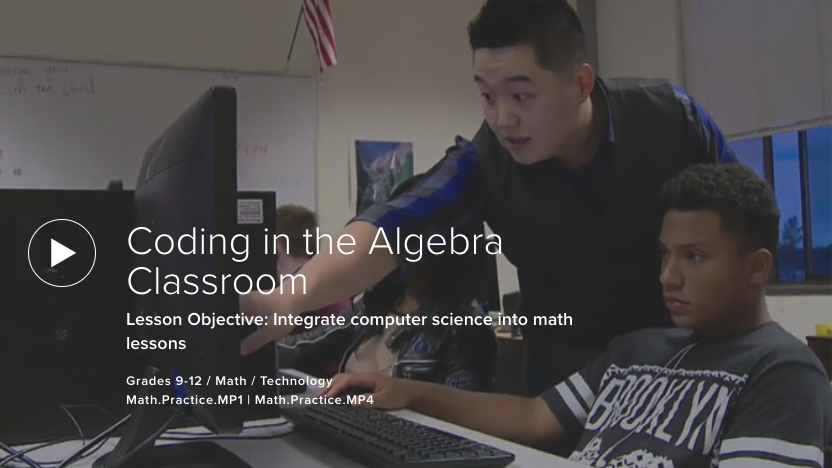
VIDEO: Coding in the Algebra Classroom
Think of this “P” as the building block for your planning. As you plan units and lessons, teachers should be thinking about what technology tools students will need to use and how they will help them become proficient with said tool.
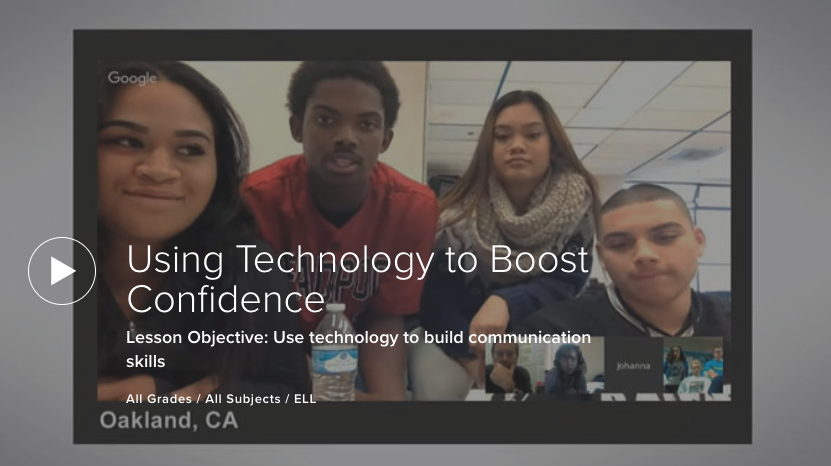
VIDEO: Using Technology to Boost Confidence
This could be with explicit mini-lessons or simply through discovery learning. Regardless of the method, we have a responsibility to make sure our students leave our classes and buildings with a certain level of technological proficiency.

Enhance Productivity
I’ll be honest; I’ve always been a bit bothered by, “Well, the technology better be more than just a $500 notebook.” Not because I disagree with the statement, but because that statement underplays the fact that one HUGE benefit to being 1:1 is exactly that: the digital nature of a “$500 notebook” can, does, and should help our students (and teachers) be more productive.
When thinking about the overall plan of our units, we should be asking ourselves (or our instructional coaches), “For all that my students will be doing during this unit, can any of it be done more efficiently or effectively with technology?”
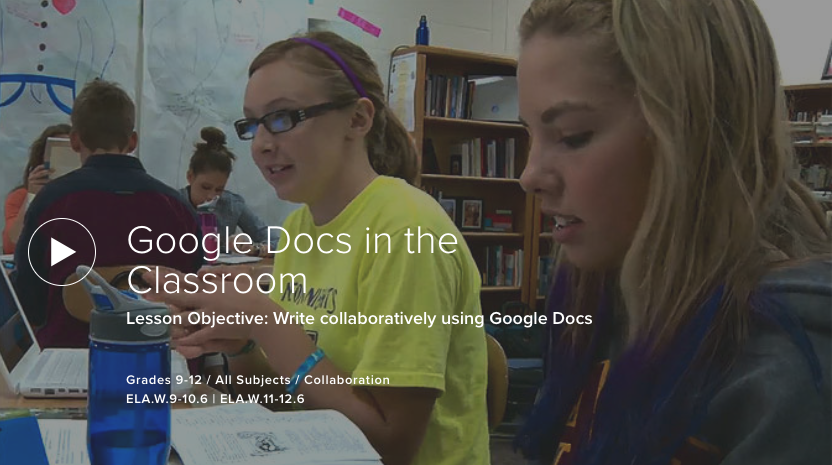
VIDEO: Google Docs in the Classroom
Perhaps it’s using Google Keep to help students better organize their research, or allowing students to take out their phones to leave voice notes for themselves because it’s faster than typing. Whatever it is, this is a great way to focus on helping students — who have busy lives — be more productive, and not just focusing on forcing technology into a unit or lesson.

Progress Learning
This “P” really allows the teacher to think about the ways technology can help to better teach and better assess so that the learning can progress in a more effective manner. When thinking about ways to progress learning at a better and more efficient rate, meaningful feedback instantly comes to mind. And when working with teachers, this is one area where they’re always looking to improve.
I often hear the question, “How can I give my students more feedback without killing myself grading papers?” This “P” is a great way to think about that. This could be as simple as using a quiz game like Kahoot, to something more sophisticated — a platform like Recap — where your students can “talk” to you, sharing their successes and struggles so that you can better prepare the next day’s lesson.
- Watch how Anna Dearlove uses technology in her classroom for formative assessment.
- Watch Carrie Hochgrebe and Jim Knight discuss how Carrie makes it click for students with clickers.
- Learn how Sarah Brown Wessling personalizes student feedback with a podcast.
- Take a look at how Tch Laureate Sean McComb gives personalized, differentiated, and targeted feedback through small group instruction and via Google Docs.

Create a Product
Creating a product is one of the places where technology can — and should — have the biggest impact in the classroom. And truth be told, thinking of it this way does, to some extent, align with the “redefinition” phase of the SAMR model. But as we think about “21st-century skills” and terms like “workplace ready,” it’s important to be thinking about the wide range of products students will be expected to create when they leave our schools.
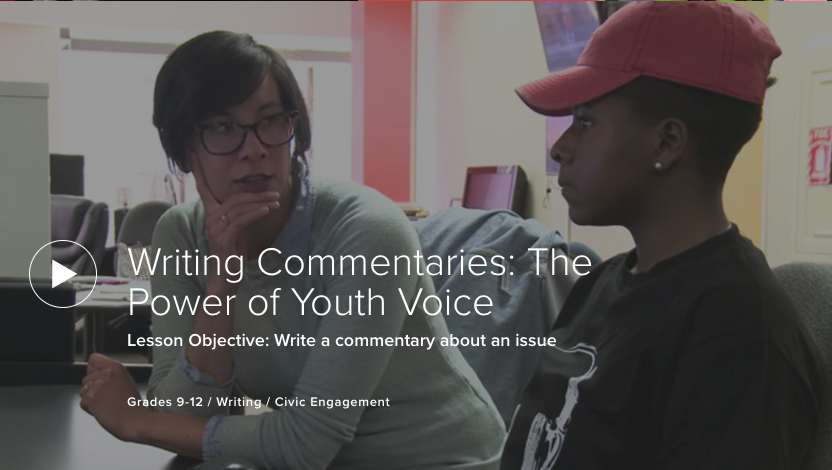
VIDEO: Writing Commentaries: The Power of Youth Voice
From Tweets to documentaries, student blogs to commentaries, YouTube shorts to podcasts — media and information are being produced and digested by a wider range of people than ever before. Our students must acquire the skills needed to be able to “join the conversation” in these formats. How are you helping prepare your students as producers and consumers of 21st-century media?
Teaching with technology is a must if we want to fully prepare our students for life outside of the classroom walls. Although the ways we use technology can vary, choices about if, when, and why to use it should always be made with students at the center.
What is your approach to teaching with technology?
